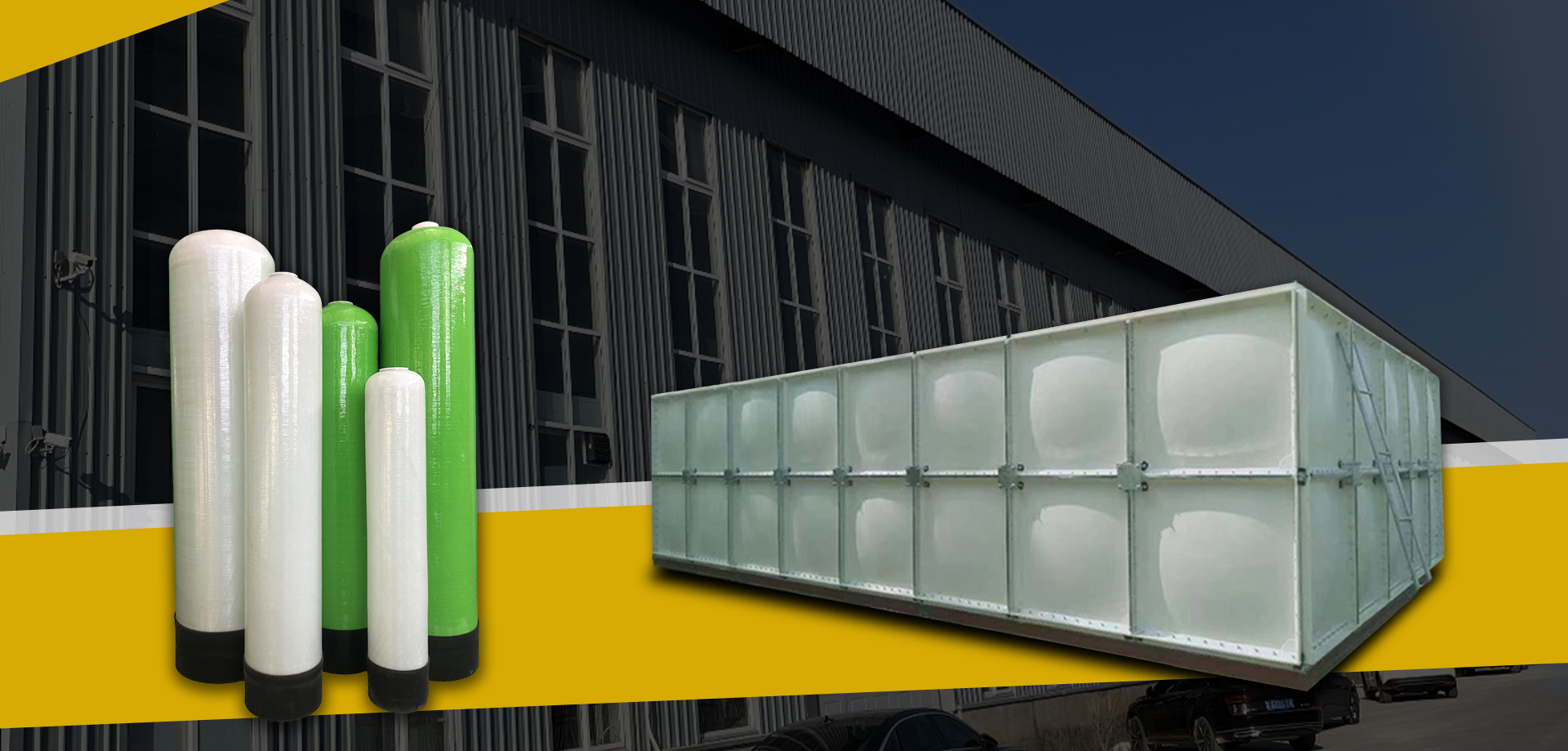loading...
- No. 9, Xingyuan South Street, Dongwaihuan Road, Zaoqiang County, Hengshui, Hebei, China
- admin@zjcomposites.com
- +86 15097380338
- Welcome to visit our website!
reverse osmosis membrane housing
Understanding Reverse Osmosis Membrane Housing An Essential Component of Water Purification Systems
Reverse osmosis (RO) is a widely recognized water purification process that utilizes a semi-permeable membrane to remove contaminants from water. At the heart of this system lies the reverse osmosis membrane housing, a crucial element that ensures the effective and efficient functioning of RO systems. This article delves into the significance of membrane housing, its construction, and its role in water treatment.
The membrane housing is essentially the protective casing that encases the RO membrane. It is designed to withstand high pressures and provides structural support while allowing water to flow through. This housing is typically made from high-quality, durable materials such as fiberglass, PVC, or stainless steel, which resist corrosion and can endure the harsh conditions often associated with water purification.
One of the primary functions of membrane housing is to maintain the integrity of the RO membrane. The housing ensures that water is forced through the membrane under pressure, which is crucial for the separation process. By keeping contaminants on one side of the membrane and filtered water on the other, the housing plays a vital role in achieving high purification levels, removing impurities, sediments, and various dissolved solids.
reverse osmosis membrane housing

Moreover, the design of the membrane housing often includes features that facilitate easy maintenance and replacement of the membrane itself. Many housings come with end caps that allow for easy access, ensuring that users can perform routine maintenance without significant hassle. This accessibility is essential for optimizing the lifespan of the RO system and maintaining water quality.
In addition to the functional advantages, membrane housing also contributes to the overall efficiency of reverse osmosis systems. Properly designed and manufactured housings enhance flow rates and minimize the risk of fouling, which can occur when contaminants accumulate on the membrane surface. Advanced designs may even include pre-filter options to further extend the life of the membrane.
In conclusion, reverse osmosis membrane housing is an indispensable component of water purification systems. Its robust construction, ability to maintain membrane integrity, and ease of maintenance play significant roles in ensuring the overall efficiency of the reverse osmosis process. As the demand for clean and safe water continues to grow, understanding the importance of membrane housing becomes crucial for both manufacturers and consumers in the water treatment industry.
-
The Rise of FRP Profiles: Strong, Lightweight, and Built to LastNewsJul.14,2025
-
SMC Panel Tanks: A Modern Water Storage Solution for All EnvironmentsNewsJul.14,2025
-
GRP Grating: A Modern Solution for Safe and Durable Access SystemsNewsJul.14,2025
-
Galvanized Steel Water Tanks: Durable, Reliable, and Ready for UseNewsJul.14,2025
-
FRP Mini Mesh Grating: The Safer, Smarter Flooring SolutionNewsJul.14,2025
-
Exploring FRP Vessels: Durable Solutions for Modern Fluid HandlingNewsJul.14,2025
-
GRP Structures: The Future of Lightweight, High-Performance EngineeringNewsJun.20,2025
